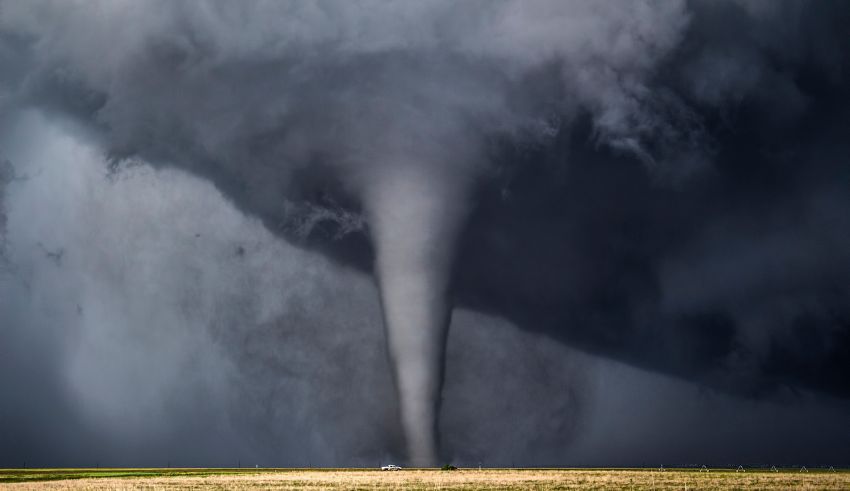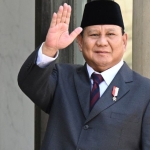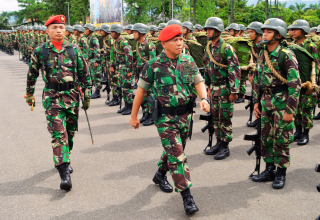
Indonesia, the world’s largest archipelago and fourth most populous country, has been hit by a rare and devastating natural disaster: the first large-scale tornado in its history.
The tornado, which occurred on February 21, 2024, swept through the town of Sumedang in West Java province, injuring at least 33 people and damaging hundreds of buildings. The tornado was a shocking and unexpected phenomenon for Indonesia, which is more accustomed to earthquakes, volcanoes, and tsunamis.
Causes and characteristics of the tornado
The tornado was caused by a combination of factors, such as:
– Atmospheric conditions: The tornado was formed by a severe thunderstorm, which developed over the Indian Ocean and moved towards the land. The thunderstorm was fueled by warm and moist air, which created instability and convection in the atmosphere. The thunderstorm also encountered strong wind shear, which is the change of wind speed and direction with height, which caused the air to rotate and form a vortex¹.
– Topographic features: The tornado was influenced by the topographic features of the area, such as the mountains, valleys, and rivers. The topographic features enhanced the wind shear and the convergence of air, which increased the rotation and intensity of the vortex. The topographic features also channeled and directed the vortex, which made it more focused and destructive.
– Climate change: The tornado was linked to the effects of climate change, which have altered the weather patterns and extremes in Indonesia and the region. Climate change has increased the temperature and humidity of the air, which have made the thunderstorms more frequent and severe. Climate change has also increased the variability and unpredictability of the wind, which have made the tornadoes more possible and probable.
The tornado had the following characteristics, such as:
– Scale and duration: The tornado was classified as an EF-3 on the Enhanced Fujita scale, which measures the intensity and damage of tornadoes. The EF-3 tornado has wind speeds of 220 to 270 kilometers per hour, and can cause severe damage to buildings, vehicles, and trees. The tornado lasted for about 15 minutes, and traveled for about 10 kilometers, before dissipating.
– Appearance and behavior: The tornado had a dark and narrow funnel, which extended from the base of the thunderstorm cloud to the ground. The tornado also had a loud and roaring sound, which resembled a train or a jet engine. The tornado moved erratically and unpredictably, changing its direction and speed several times, and lifting and dropping objects along its path.
Keep Reading
What are the impacts and responses of the tornado?
The tornado had various impacts and responses, such as:
Impacts: The tornado caused widespread and severe damage and injuries, such as:
– Human casualties: The tornado injured at least 33 people, who suffered from cuts, bruises, fractures, and concussions. Some of the injured people were hospitalized and treated, while others were given first aid and released. Fortunately, no fatalities were reported, as most of the people were able to take shelter and avoid the tornado.
– Material losses: The tornado damaged hundreds of buildings, including houses, shops, factories, schools, and mosques. Some of the buildings were partially or completely destroyed, while others were damaged by flying debris and fallen trees. The tornado also damaged dozens of vehicles, such as cars, motorcycles, and trucks, which were tossed and overturned by the wind. The tornado also disrupted the electricity and water supply, and the communication and transportation networks.
Responses: The tornado triggered various responses and actions, such as:
– Emergency relief: The tornado activated the emergency relief efforts, which involved the government, the military, the police, the Red Cross, and other agencies and organizations. The emergency relief efforts included rescuing and evacuating the affected people, providing medical and humanitarian assistance, clearing and repairing the damaged infrastructure, and restoring the essential services.
– Scientific investigation: The tornado attracted the scientific investigation, which involved the meteorologists, the climatologists, and other experts and researchers. The scientific investigation included collecting and analyzing the data and evidence, reconstructing and explaining the causes and characteristics, and evaluating and predicting the risks and impacts of the tornado.
– Public awareness and education: The tornado raised the public awareness and education, which involved the media, the educators, and the community leaders. The public awareness and education included informing and updating the public about the facts and developments, educating and advising the public about the precautions and preparedness, and engaging and involving the public in the recovery and resilience of the tornado.
Indonesia faced a new and unprecedented natural disaster: the first large-scale tornado in its history. The tornado, which occurred on February 21, 2024, swept through the town of Sumedang in West Java province, injuring at least 33 people and damaging hundreds of buildings.
The tornado was caused by a combination of factors, such as the atmospheric conditions, the topographic features, and the climate change. The tornado had the following characteristics, such as the scale and duration, the appearance and behavior, and the impacts and responses. The tornado was a shocking and unexpected phenomenon for Indonesia, which is more accustomed to earthquakes, volcanoes, and tsunamis.

























